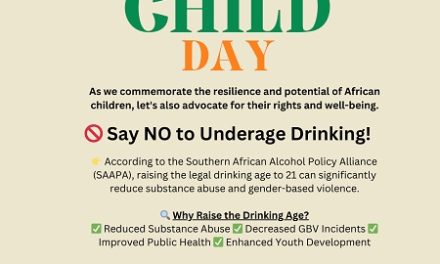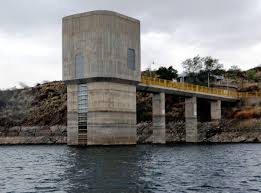
Achieving universal access to social protection to end child labour in Africa

By Greta Campora and Ariane Genthon
Technical experts from the Food and Agriculture Organization.
On 12 June the world will come together to mark the World Day Against Child Labour, casting a much-needed spotlight on a critical challenge that continues to affect millions of children worldwide.
Child labor is work that is inappropriate for a child’s age, affects children’s education, or is likely to harm their health, safety, or morals. It is a grim reality for 160 million children around the world. Seventy percent of child labor remains in agriculture and its sub-sectors. We now have an estimated 112 million boys and girls working long hours and often performing hazardous tasks in farming, livestock, forestry, fisheries, and aquaculture, often at the expense of their education and prospects.
In sub-Saharan Africa, the situation is even more dire. An alarming fact is that there are more children engaged in child labor in this region than in the rest of the world combined. Nearly 82 percent of these children work in hazardous conditions mostly in agriculture, highlighting a critical area where intervention is desperately needed. Most of these children are helping their families with tasks such as cultivating crops, raising livestock, or fishing, primarily to meet their family’s needs.
The region’s high rates of child labor are driven by a complex interplay of drivers, including poverty, food insecurity, and strong sociocultural ties, combined with a lack of access to quality education adequate social protection, and complementary services.
Achieving global child labor goals hinges on making significant strides in Africa
Following the 5th Global Conference on the Elimination of Child Labour in Durban, ending child labor in agriculture and achieving universal access to social protection emerged as pivotal priorities, especially in Africa.
Social protection plays a vital role in the fight against child labor in agriculture. It serves as a shield against vulnerabilities, increasing rural households’ resilience, and supporting children’s access to education while reducing the need for parents to resort to child labor to make ends meet. By addressing poverty, economic instability, and other crises affecting rural households, social protection strikes at the heart of child labor’s root causes. Yet, despite efforts, its reach remains far too limited, leaving many children at risk. Social protection remains underutilized in the fight against child labor, particularly in Africa, where coverage is alarmingly low at only 17 percent of the total population, disproportionately affecting children.
The Food and Agriculture Organization of the United Nations (FAO) has recently developed a Guidance note aimed at presenting strategies that can help practitioners adapt social protection systems to combat child labor in rural areas, particularly within the agriculture sector.
The document highlights that social protection programmes can help reduce child labor by promoting economic opportunities that reduce household poverty and economic insecurity, reducing the dependency of rural families on child labor. Furthermore, social protection can act as a strong tool to build resilience against shocks, including during humanitarian crises, reducing harmful coping strategies such as child labor. Social protection programmes also play a vital role in enhancing children’s access to education, thereby fostering human development in rural areas.
In essence, integrating social protection within a comprehensive policy framework that addresses the underlying causes of child labor is essential. This includes aligning social protection initiatives with national policies on agriculture, education, healthcare, and social welfare. Such integration should complement existing systems for monitoring and protecting children from labor exploitation, alongside efforts to reduce the demand for child labor in agriculture.
Social protection stands as a cornerstone in the policy framework necessary to accelerate progress toward achieving the Sustaining Development Goals (SDGs), particularly target 8.7 which calls for immediate and effective measures to end child labor in all its forms.
Evidence is growing around the world. In Burkina Faso, for example, FAO, in collaboration with the International Labour Organization (ILO), implemented conditional cash transfer programmes in cotton-producing regions, through the European Union-funded CLEAR Cotton project. One of the conditions to receive the cash was to send children to school. Aligned with the Burkina Faso ratification of conventions to reduce and combat child labor and accompanied by awareness campaigns and training on child labor laws and financial literacy, the initiative resulted in the withdrawal of 637 children engaged in child labor from cotton fields. These children were subsequently enrolled in formal education, and household resilience was improved through income diversification and enhanced local market activity, all while substituting child labor with adult, paid labor in cotton production.
On this World Day Against Child Labour let us continue to push for children to have a childhood. Progressively expanding access to comprehensive, adequate, sustainable, gender- and age-responsive social protection, including the establishment of national social protection floors, is paramount in ending child labor, safeguarding the world’s children, and securing our shared future.

23 June 2021- Lamoussahan Ouaro, Burkina Faso – Athnase Dakio, a beneficiary of the project, does his homework with an FAO representative at his home.
On 12 June the world will come together to mark World Day Against Child Labour(Photograph by FAO/Olympia de Maismont)
















































